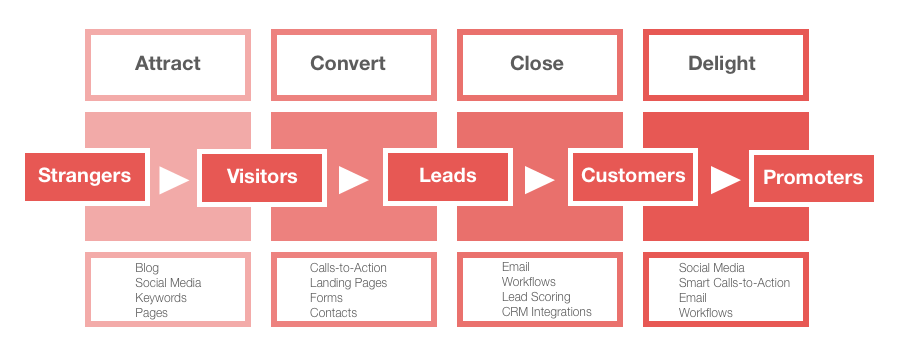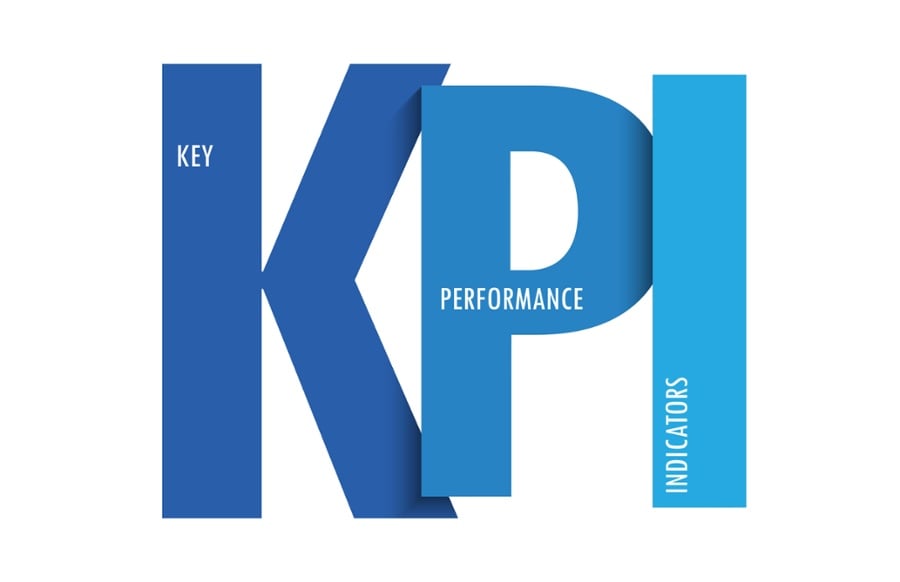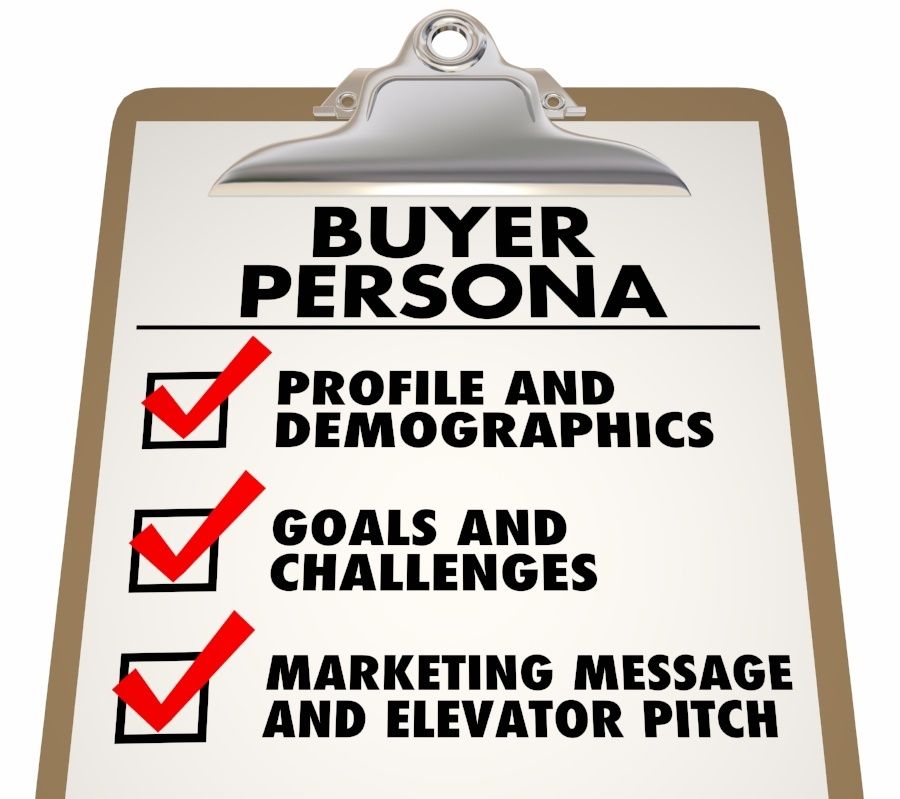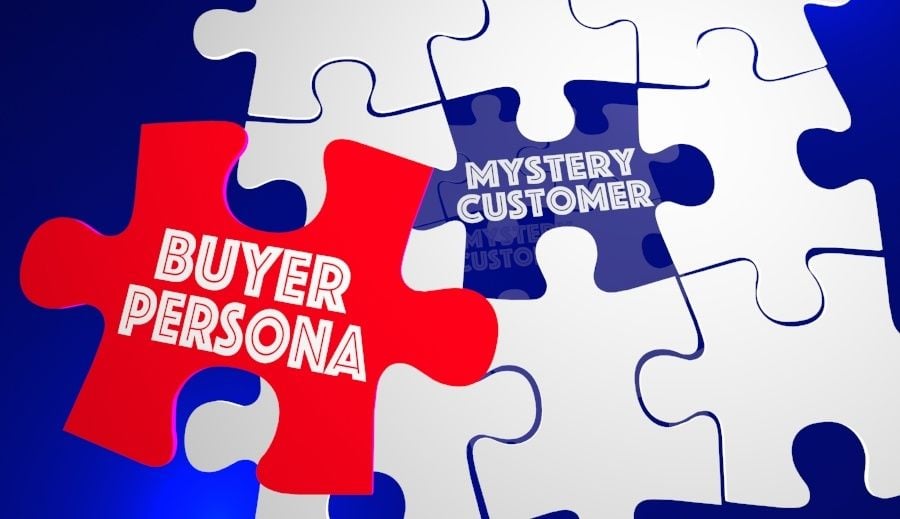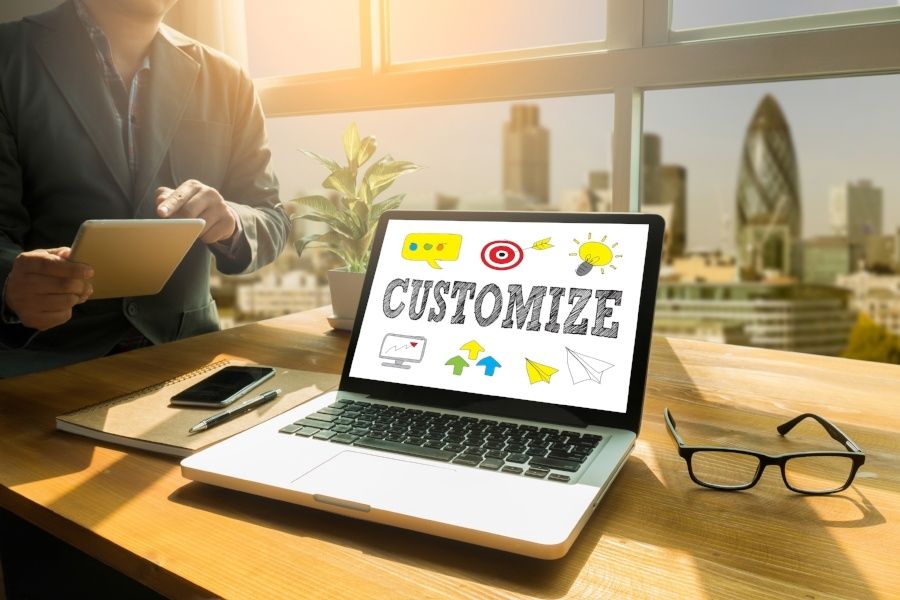
A primary goal of every business is to consistently grow; and a key element of steady growth is marketing.
You can produce the best products in your industry or niche, or provide the most valuable service; but that alone won't have an appreciable impact on your bottom line. You must have an effective marketing strategy.
Before the internet boom, marketing was like a one-way street. Businesses identified a target market and relentlessly went after them with all kinds of paid media - radio and TV ads, newspaper and magazine ads, billboards, etc.
Even after the internet grew in popularity as a marketing tool, marketers relied heavily on paid marketing - buying opt-in email lists, pop-up and pop-under ads, Google AdWords, etc.
We're not implying that any of these outbound marketing tools are bad, but on today's internet, inbound marketing is a better way to attract customers to your brand.
The term "inbound marketing" was coined by HubSpot CEO, Brian Halligan. Hubspot defines inbound marketing as:
"...an approach focused on attracting customers through content and interactions that are relevant and helpful — not interruptive..."
With inbound marketing, potential customers find you, not the other way around. Here are 4 inbound marketing tips to help grow your business:
1. Use Smart SEO
When Google and other search engines started, the idea was to help internet users find the information they were looking for online. In the very early days, marketers resorted to all kinds of black hat SEO tactics that focused only on search engines and not their human audience.
The goal was to get ranked high in the search engine results, thereby attracting more visitors to their site. Of course, search engines have vastly improved over the years in their ability to more accurately rank sites and deliver relevant content to their customers (internet searchers).
Today, more than 80 percent of shoppers conduct online research before making big purchases.
Smart SEO simply means to produce content that not only ranks high in search engine results, but ranks high in the mind of the reader. It also means to stay abreast of SEO best practices, and make necessary adjustments.
2. Identify the Right Prospective Customers
Before you can implement any marketing strategy, you must have a good sense of the kind of person your products or services appeal to. That way, you can target your marketing more effectively.
To target the right people, you must identify who they are. That's where buyer personas come in. Buyer personas are fictional characters that embody the needs, goals, and observed behavior patterns of your real and potential customers.
Personas help you understand your customers better.
3. Blog Frequently
Enter any search term in your browser window and you're almost guaranteed of finding multiple blog posts ranking for that keyword or keyword phrase.
That's not just a coincidence. Marketers in general, and inbound marketers in particular, know that blogging is the single best way to attract new visitors to their website, and keep them coming back.
The key to getting found by the right prospective customers is creating educational content that speaks to your visitor and answers their questions.
Companies that publish 16 or more blog posts per month get over 3 times more traffic than companies that publish less than 5 posts per month.
4. Publish and Engage on Social Media
A significant element of inbound marketing is turning prospects and customers into ambassadors of your brand, products, and services.
The most efficient and effective way to do that is to publish and engage on social media. The following data is evidence of that fact:
- 72% of adult internet users use Facebook.
- 25% of adult internet users use LinkedIn.
- 28% of adult internet users use Instagram.
- 30% of U.S. millennial internet users use Snapchat regularly.
- 23% of adult internet users use Twitter.
Of course, some of these people are active on multiple social media platforms, but that doesn't belie that fact that you can reach and engage a lot of people on social media.
When you share valuable content - either yours or someone else's - and engage with customers and prospects, you're building credibility and putting a human face on your brand.
When people experience that human touch, they're more inclined to stay engaged with you, and eventually buy what you're selling.
Contact us today to learn more about SEO and inbound marketing. We also invite you to follow our blog for more valuable content geared toward small businesses.
Statistical source: Search Engine Optimization Statistics



